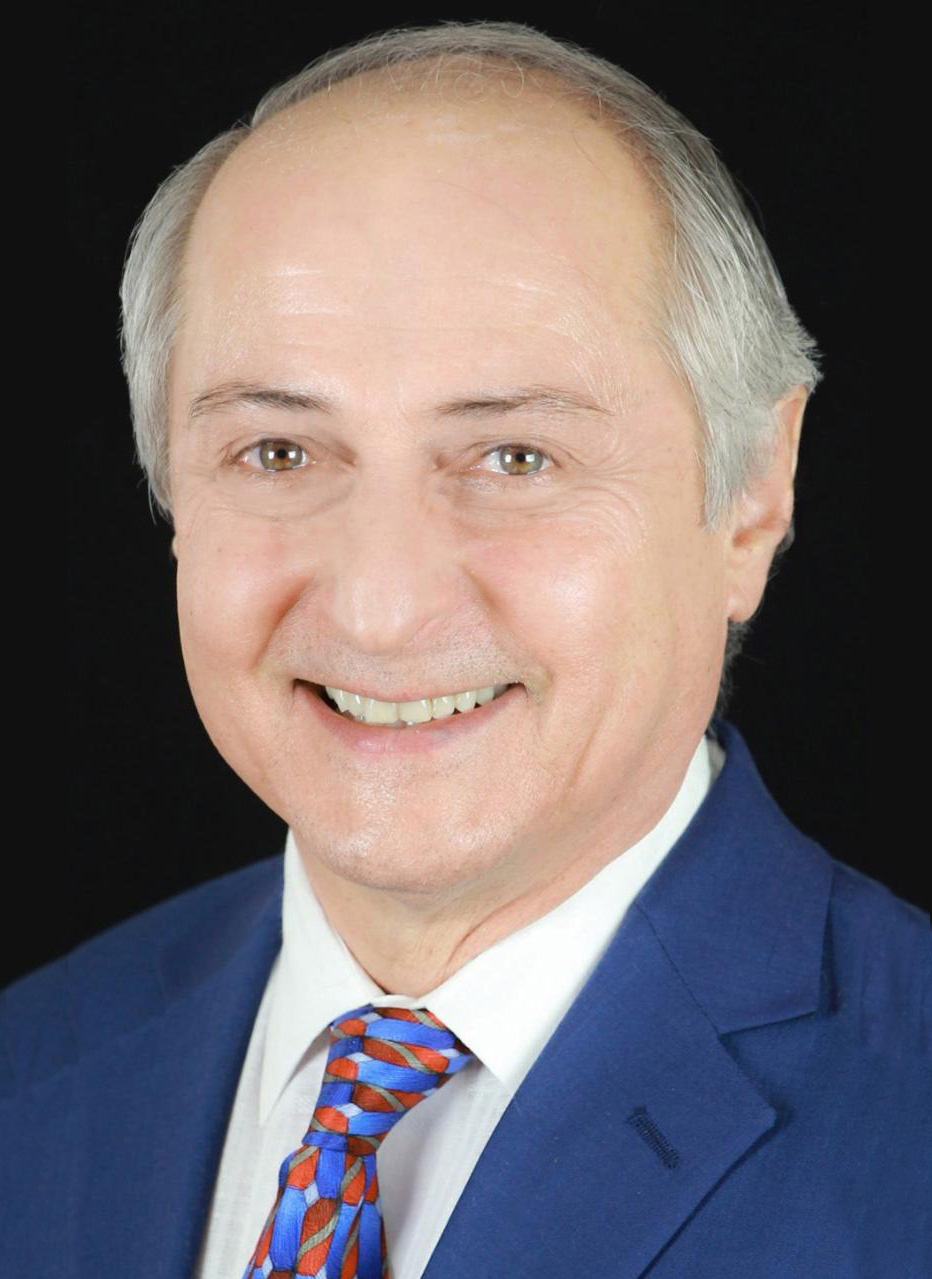By William M. Maykel, DC, DIBAK
Presented at the International College of Applied Kinesiology-USA
Annual Meeting, Summer 1992; Proceedings p. 190
Abstract: A screening mechanism and treatment protocol for jamming of the neuroendoctine axis and resultant ligamentous laxity is discussed.
Applied kinesiology challenge to the ligamentous system has, to this pointing time, been involved with shock absorber technique: adrenal ligamentous stretch technique and direct challenge to a specific ligament while testing a muscle related to that joint. This author introduces a new method of challenge involving abnormal function of the pineal gland and its subsequent downstream effects resulting in systemic ligamentous laxity.
The pineal gland is a complex neuroendocrine organ which is under photoneuroendocrine control. Environmental light acts through the retina and entrains the pineal gland’s circadian rhythms by way of the hypothalamus and sympathetic nervous system. This tiny gland (100–200mg) is considered to be the “regulator of regulators” and important in general homeostasis.
The gland plays an established role in controlling reproduction and is involved in the control of sexual maturation. It has a major influence on the circadian organization of vertebrates, including human beings. The hormone melatonin has a potential therapeutic value in treating disorders that are associated with biological rhythm disturbances like sleep disorders, “jet lag” phenomena and affective disorders. The gland is actively involved in the mechanisms controlling sleep-wakefulness cycle and human mood disorders. It actively participates in the neuroendocrine mechanism controlling stress. 1
Recent research reveals evidence that suggests that melatonin may protect against the age processes, in part, by attenuating the affects of free-radical-induced neuronal damage. Diminished melatonin secretion may be associated with acceleration of the aging process and melatonin may be a natural anti-aging hormone. 2 Pineal extracts inhibit a wide spectrum of experimental tumors. 3
Other research suggests that the pineal gland may play a central role in the biological response to extremely low frequency (ELF; including 50 or 60 Hz) electric and magnetic field exposure via alterations in the melatonin signal. Recent epidemiological studies have suggested a possible association between ELF and increased risk of certain cancers, depression and miscarriage. ELF field-induced pineal gland dysfunction is a possible etiological factor in these effects. 4
Awareness of the vast implications that pineal gland dysfunction has on the human body certainly places the correction of this gland at the top of any priority list. When examining any new or established patient the presence of pineal gland dysfunction is easily recognized. Therapy localization one inch left lateral to the EOP and /or one-third of the way forward from the back of the saggital suture on the vertex of the skull, are two reflex points for the pineal gland. The finding of a positive challenge, that is, the weakening of a strong indicator muscle, upon distortion of a joint found systemically, is an indication that this problem is present. Far too often patients are given hard, osseous adjustments to a soft tissue system not readily capable of accepting high velocity thrusts and may ensue in an extremely dissatisfied patient. When the presence of marked systemic ligamentous laxity is present in a patient the first thing that needs to be done is the correction of the cranial faults in a systematic manner that allows freedom of accumulated stress from this axis. Failure to look for, recognize and correct this condition can lead to tremendous amount of frustration for both the doctor and the patient. In the last year in which we have been using this technique, we have found it to be present in approximately 70% of all new patients. In those patients with multiple complaints and acute pain, we have found it to be present in greater than 90% of those cases.
Once you have identified the presence of this problem, it is relatively straight forward and easy to correct. First of all jamming of the midline sutures, including the cruciate and sagittals, must be found and fixed. Secondly, re-establishment of normal spheno-basilar flexion and extension must be achieved. The lower mandible must be spread and the pterygoid processes of the sphenoid must be lifted one at a time. (It is best to inform the patient that these areas are sensitive and one should make an effort to get in and out of the mouth as quickly as possible.) Correction of the supportive vault bones including parietal descent and /or temporal-parietal bulge, along with any external rotation of the zygomatic bones or internal rotation of the frontals is next. A reduction of the hypertonicity of the masseter, temporalis and pterygoid muscles must be done. As long as it is not contraindicated, the patient should be given the hatha yoga exercise, the “Lion” to do. This is basically having the patient stick their tongue out of their mouth as far as they can for three seconds several times a day to help reduce recurrence of tension in these muscles. Conditions which would contraindicate this exercise would be those of a tearing of the capsular ligament and/or acute, severe trauma to the temporo-mandibular joint itself, to name the most common ones. The patient should be instructed also to increase their water intake to help detoxify the body. Prior to the correction of the cranial faults the patient should be tested for the need of tyrosine or pineal substance to help jumpstart the function of this gland.
Besides clenching and/or bruxing, severe trauma, physically, chemically or emotionally may evoke this problem. Sensitivity to various electromagnetic fields may also precipitate this problem. If there is a recurrence in the pineal jamming, further steps must be taken to investigate the cause. If the person is clenching during the day, it’s a good idea to have that patient consciously tongue thrust forward to try and break up the cycle of tension and stress in the temporo-madibular joint muscles. If they brux at night repetitively, they may need to have a splint made to help disocclude the rear molars. Obviously stress reduction is helpful by making some simple lifestyle changes. Correction of the faults previously mentioned will turn on the downstream endocrine indicators, including the thyroid, adrenal and male or female gonads. This technique lends itself to a very impressive show and tell and is an excellent way to teach people about the need for positive lifestyle changes.
Summary: In summary, this author considers the evaluation and treatment of pineal gland dysfunction to be a priority strategy in the care and treatment of all patients. The presence of systemic marked ligamentous laxity is a contraindication to high velocity manipulative techniques. The undiagnosed presence of this condition may contribute to the failure of any physical medicine technique. Once you start looking for and finding presence of this condition, your therapeutic expertise will be greatly enhanced.
References:
- The Pineal Gland; its physiological and pharmacological rate. Indian Journal of Physiology and Pharmacology [JC:gld] 33 (4); 263–72, 1989 Oct.–Dec.
- Biochemistry of the pineal gland as an endocrine organ. Review article Department of Clinical biochemistry, University of Toronto, Ontario, Canada.
- Neuroendocrine mediated effects of electromagnetic-field exposure: possible role of the pineal gland. Life Sciences Journal [JC: 162] 45 (15): 1319–1332, 1989
- Possible role of pineal melatonin in the mechanisms of aging: International Journal Neuroscience, 1990 May; 52 (1–2): 85–92.








